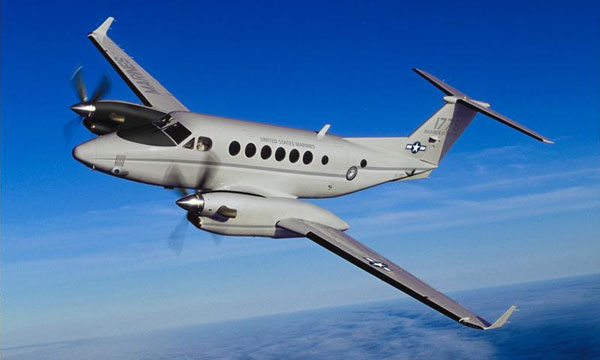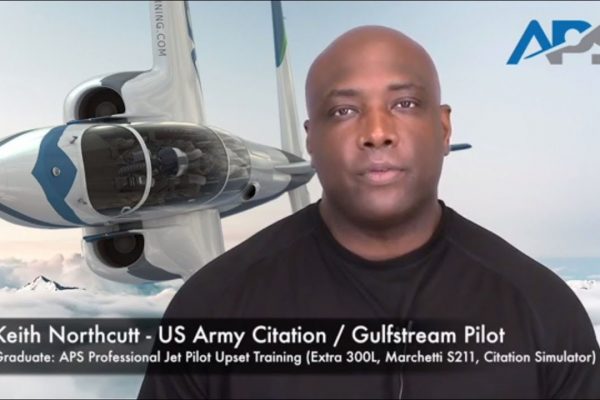Enhance Safety for Mission Success
Military and government operators are often required to fly in conditions that bring them close to the edge of the performance envelope to accomplish their assigned mission, potentially placing those aircrews at a greater risk of experiencing a Loss of Control In-flight (LOC-I). Upset Prevention and Recovery Training (UPRT) efficiently teaches pilots the critical skill set necessary to overcome human factors and prevent, or if necessary, recover from loss of control.

Benefits
- Develop ingrained skills to prevent, recognize, and correctly recover from LOC-I
- Significantly increase manual aircraft handling and airmanship skills
- Gain long-term skills, transferable between aircraft types
- Fundamentally increase overall safety
- Free up training resources through a partnership with APS for UPRT
UPRT PROGRAMS FOR
Military & Government
Start by selecting an Initial Core UPRT Program based on your training needs and aircraft preference. Next, if desired, you can add additional training enhancements to further strengthen your training. All available core programs and enhancement options can be viewed below. If you are an APS course graduate, we recommend viewing the Recurrent Training option.
SELECT AN INITIAL CORE UPRT PROGRAM
Each core Upset Prevention and Recovery Training (UPRT) program is designed to teach the critical skills required to prevent, recognize, and recover from LOC-I. The differences between APS core programs is how we tailor this training to your operational needs.
OPTIONAL ENHANCEMENTS
You can strengthen and further customize your UPRT program with APS by adding enhancements, from training in a jet and gaining simulator experience in a larger aircraft to receiving acrobatics and formation training. All enhancements are offered only as add-on choices to core and recurrent UPRT programs and are not available as stand-alone courses.
High-Altitude Jet Enhancement
Advanced Spin Enhancement
Advanced Simulator Enhancement
Instrument Enhancement
Formation Enhancement
Aerobatics Enhancement
RECURRENT TRAINING FOR APS GRADUATES ONLY
This powerful recurrent upset training course revitalizes the critical LOC-I UPRT skillsets APS graduates receive during APS initial core UPRT. Recommended annually with re-initial training recommended every 5 years, the Recurrent Training course is only available to APS UPRT course graduates.
Testimonials
Don't take our word for it

Maximize Air Safety
Contact us today to learn more about our comprehensive, industry-leading programs that significantly reduce the risk of LOC-I accidents during military and government missions.



